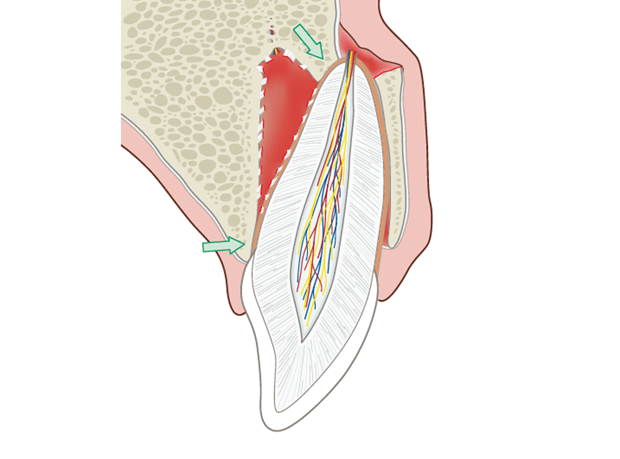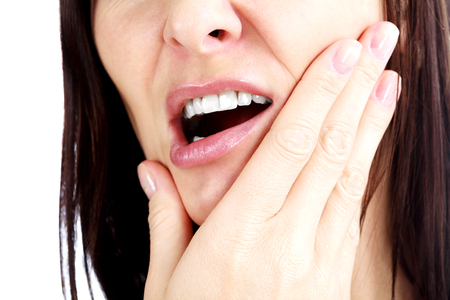Luxation Of Tooth

Luxation of a tooth, also known as tooth luxation, is a type of dental injury where the tooth is partially or completely displaced from its socket in the jawbone. This can occur due to various reasons such as trauma to the mouth, sports injuries, falls, or even biting into something hard. The severity of the injury can vary, and if not properly treated, it can lead to further complications such as tooth loss, infection, and abscesses.
To understand the severity of the injury, dentists often use a classification system to categorize the luxation into different types. These include:
- Concussion: This is the mildest form of tooth luxation, where the tooth is not displaced but is tender to touch.
- Subluxation: In this type, the tooth is loose but still in its socket.
- Intrusive luxation: Here, the tooth is displaced into the jawbone, making it appear shorter.
- Extrusive luxation: The tooth is partially displaced out of its socket.
- Lateral luxation: The tooth is displaced to one side, often causing the tooth to be wedged against the adjacent tooth.
- Avulsion: This is the most severe form of tooth luxation, where the tooth is completely displaced from its socket.
When a tooth luxation occurs, it is essential to seek dental attention immediately. The dentist will first assess the extent of the injury and then provide appropriate treatment. The treatment may involve:
- Stabilization: The tooth may be stabilized with a splint to keep it in place while it heals.
- Monitoring: The dentist will monitor the tooth for any signs of infection, abscesses, or other complications.
- Endodontic treatment: If the tooth is avulsed or intruded, the dentist may need to perform a root canal to remove any damaged pulp tissue.
- Reimplantation: If the tooth is avulsed, it may be possible to reimplant it back into its socket.
In some cases, tooth luxation can lead to pulp necrosis, which is the death of the pulp tissue inside the tooth. This can occur due to the disruption of the blood supply to the tooth or bacterial contamination. If left untreated, pulp necrosis can lead to infection, abscesses, and eventually, tooth loss.
Prevention
While accidents can happen, there are steps that can be taken to prevent tooth luxation:
- Wearing mouthguards: Athletes and individuals who engage in contact sports should wear mouthguards to protect their teeth from injury.
- Avoiding hard foods: Biting into hard foods such as ice or hard candy can cause tooth luxation.
- Regular dental check-ups: Regular dental check-ups can help identify any potential issues before they become major problems.
Statistics and Research
According to the American Dental Association, tooth luxation is a common type of dental injury, accounting for approximately 30% of all dental injuries. Research has shown that the prognosis for tooth luxation is generally good, with most teeth being able to be saved with proper treatment. However, the severity of the injury and the timeliness of treatment can significantly impact the outcome.
What is the most common cause of tooth luxation?
+The most common cause of tooth luxation is trauma to the mouth, which can occur due to sports injuries, falls, or other accidents.
Can a luxated tooth be saved?
+Yes, in many cases, a luxated tooth can be saved with proper treatment. The prognosis depends on the severity of the injury and the timeliness of treatment.
How long does it take for a luxated tooth to heal?
+The healing time for a luxated tooth can vary depending on the severity of the injury. In general, it can take several weeks to several months for the tooth to fully heal.
In conclusion, tooth luxation is a serious dental injury that requires immediate attention. With proper treatment, many teeth can be saved, but the severity of the injury and the timeliness of treatment can significantly impact the outcome. By understanding the causes, symptoms, and treatment options for tooth luxation, individuals can take steps to prevent and manage this type of injury.


